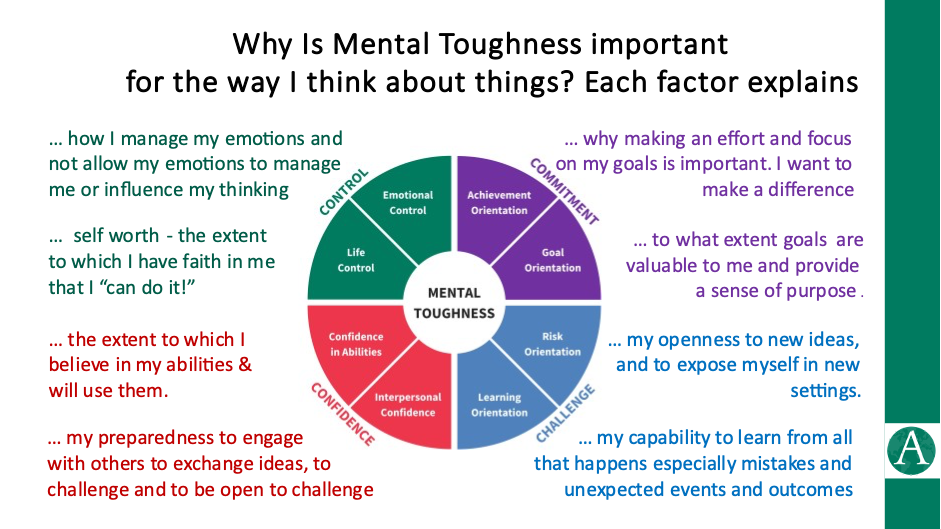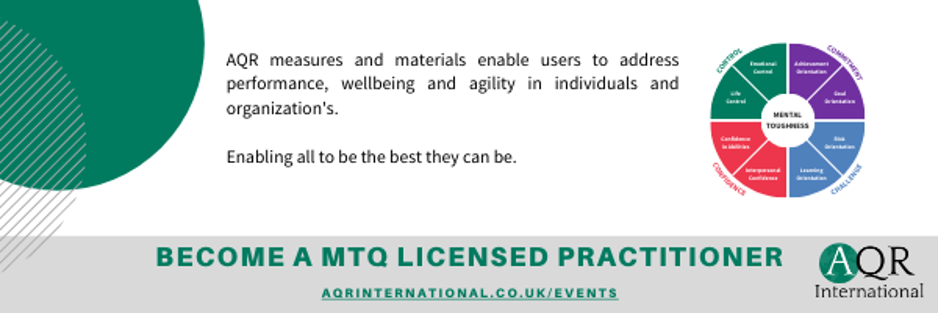How to end “one size fits all”
When we approach the festive season or any other time of celebration, most of us are thinking about the treats we will have over that period. Afterwards, we often start thinking about dieting. There are lots of options out there. Mostly based on counting calories and impact on blood sugar levels.
But we all know people who seem to be able to swallow spadefuls of food and never seem to put on an ounce of weight.
In 2015, Eran Elinav and Eran Segal at the Weizmann Institute of Science in Israel carried out an interesting study*. The study looked at 800 people who completed a detailed medical questionnaire, were subject to a variety of physical assessments, such as measurements of their height and hip circumference, and they all had their stool analysed for the types of bacteria they contain. Their blood sugar levels were monitored every 5 minutes.
They found that glucose levels spiked pretty much the way expected. But crucially, this was only on average. The variation from one person to the next was enormous.
For any given food, some people’s glucose levels would spike dramatically, while others hardly seemed to react at all. This couldn’t be explained away as a random fluctuation because the same person responded similarly each time, they ate that particular food.
Why is this relevant for individual and organisational development?
Because it’s the same here. One size doesn’t fit all. Especially when it comes to so-called soft skills development.
We all know this. We are all unique and we tell everyone that “one size doesn’t fit all” and yet we do little about it. In fact, we like using concepts and approaches that categorize us or lump us into two or more types, or a colour or a 4-letter combination so we are treated like others of our kind.
That might be because these approaches were all that was available in the 20th and early 21st centuries. But we’ve moved on a bit. After all, you don’t see many Ford Populars** on the roads these days.
It might be that these approaches have high face validity – they are easy for the practitioner and client to grasp and use. But they only take you so far – and it’s not that far.
It is often the case that this is all the practitioner has learned and thinks that this is still what there is to know. CPD has never been as important as it is now.
Almost all of these are focused on behaviour – how do we act? Do we all act the same way? We don’t. Are we like the average person …. every time? Nope. Why is that?
Well … we can do better.
One contribution is the 4Cs Mental Toughness concept. This helps to explain “why we act or respond to events the way we do”. Getting us to understand where much of that behaviour comes from. If we can understand that better we can develop people better. Best of all, it’s an explanation for the individual and not a type or category.
Recent work shows that the 4Cs concept consists of 8 factors. In other words, there are 8 reasonably independent influences on the way we approach things in our heads.
(for more detailed information go to www.aqrinternational.co.uk or read “Developing Mental Toughness” Strycharczyk, Clough and Perry (Kogan Page 2021))
This is illustrated in the below image:

For any given situation one or more of those factors can be significant. For some of us, one factor might determine our actions. For others, it might be two or three or more factors.
There are 40,680 potential combinations of those factors. And if we take into account that each factor has levels, the potential combinations run into millions.
Now we are much closer to understanding why one person responds one way to a situation and another in a different way, despite their apparent similarities in knowledge, skills, education, upbringing, etc.
It is the equivalent of knowing why one person can eat a bag of doughnuts (Mmmm!) without putting on weight and another can feel the pounds piling on just sharing a doughnut.
The mental toughness framework represents a real advance in understanding how people respond as individuals. It is the holy grail of people development.
We can assess it reasonably well using the MTQPlus psychometric.
The good news is that we can develop individuals once we know this about them. Most of the tools and techniques are known to most trainers, coaches etc. They can now direct them more effectively.
Time for our development to be “made to measure”.

For more information about Mental Toughness see www.aqrinternational.co.uk.
Listen to our ‘Talking Toughness’ podcast https://linktr.ee/aqrinternational where you will hear from amazing professionals ad thought leaders from around the world who are applying the 4Cs Mental Toughness concept to all walks of life and work.
To learn how to be a licensed user of the mental toughness concept and the MTQPlus measure, contact headoffice@aqr.co.uk
*https://theconversation.com/diets-how-scientists-discovered-that-one-size-doesnt-fit-all-174542
**Ford Populars were introduced in the 1950s and 60s. Best sellers at pretty much the same time as many still popular models and measures were introduced.


